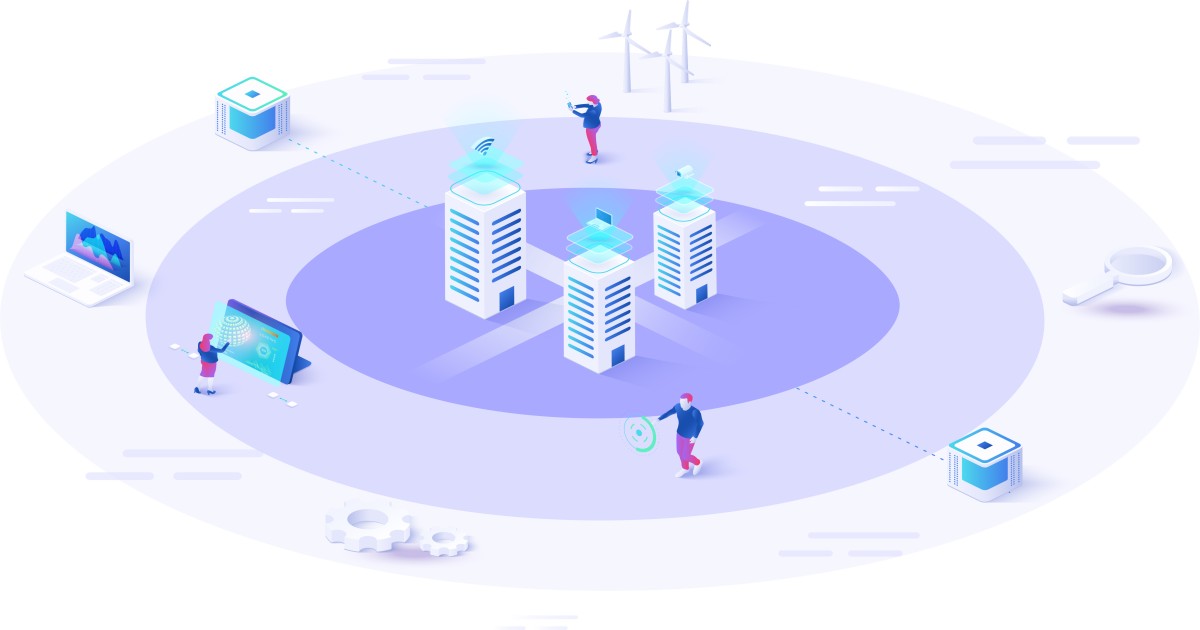Smart and Connected Buildings and Communities Founded on the Internet of Things
A special issue of Buildings (ISSN 2075-5309). This special issue belongs to the section "Construction Management, and Computers & Digitization".
Deadline for manuscript submissions: closed (20 January 2024) | Viewed by 3339

Special Issue Editor
Interests: interoperability; construction informatics; virtual, augmented, and mixed reality technologies; unmanned aerial vehicles for construction; machine learning for construction and the built environment; computing in civil engineering education
Special Issues, Collections and Topics in MDPI journals
Special Issue Information
Dear Colleagues,
Over the last decade, transformative changes have occurred in the manners by which users—ranging from occupants to operators—interact with the built environment. These changes are attributed to the plethora of ‘smart’, connected devices that have been integrated into physical components of building systems. ‘Smart’ refers to the added value—i.e., amplified capabilities and functionalities—created and captured by the set of connected devices with embedded sensors, processors, actuators, software, and cloud platforms—including their computing and artificial intelligent operations.
The emergence of systems built from the seamless integration of computation and smart devices results in burgeoning opportunities to reshape the ways in which communities in the built environment design, plan, and develop their activities. These opportunities involve the management of value and information, including the use of sensitive information. The outcome is an evolving world that hosts human activities and interconnected ‘Things’ (the Internet of Things, IoT) with higher degrees of automation, thereby leading to new landscapes and reformed boundaries among communities. Examples are new forms of interactions between users and physical components in building systems that impact how functional units of these systems relate to each other for efficient operations across communities (e.g., manufacturers, builders, users, owners, service providers, etc.).
This Special Issue, “Smart and Connected Buildings and Communities Founded on the IoT”, invites contributions on innovative approaches in construction and the built-environment domains related—but not limited—to the following: (i) emerging systems from human–smart-device interaction with new functions and capabilities; (ii) successful case studies on technology implementation (e.g., scalability, interoperability, measurability); (iii) enhanced value in technology infrastructure—the aggregation across technology layers (e.g., from sensing to connectivity to analytic platforms); (iv) emerging applications of collected, analyzed, and shared longitudinal data; (vi) innovative concept-driven methodologies (e.g., new systems science and engineering approach of functionalities, such as prediction and measurement); and (vii) frameworks on data management (e.g., trustworthiness strategies in reliability, resilience, safety, security, and privacy).
Dr. Ivan Mutis
Guest Editor
Manuscript Submission Information
Manuscripts should be submitted online at www.mdpi.com by registering and logging in to this website. Once you are registered, click here to go to the submission form. Manuscripts can be submitted until the deadline. All submissions that pass pre-check are peer-reviewed. Accepted papers will be published continuously in the journal (as soon as accepted) and will be listed together on the special issue website. Research articles, review articles as well as short communications are invited. For planned papers, a title and short abstract (about 100 words) can be sent to the Editorial Office for announcement on this website.
Submitted manuscripts should not have been published previously, nor be under consideration for publication elsewhere (except conference proceedings papers). All manuscripts are thoroughly refereed through a single-blind peer-review process. A guide for authors and other relevant information for submission of manuscripts is available on the Instructions for Authors page. Buildings is an international peer-reviewed open access monthly journal published by MDPI.
Please visit the Instructions for Authors page before submitting a manuscript. The Article Processing Charge (APC) for publication in this open access journal is 2600 CHF (Swiss Francs). Submitted papers should be well formatted and use good English. Authors may use MDPI's English editing service prior to publication or during author revisions.
Keywords
- interconnection and interaction of smart objects
- connected buildings
- connected homes
- data analytics
- cyber-physical systems





